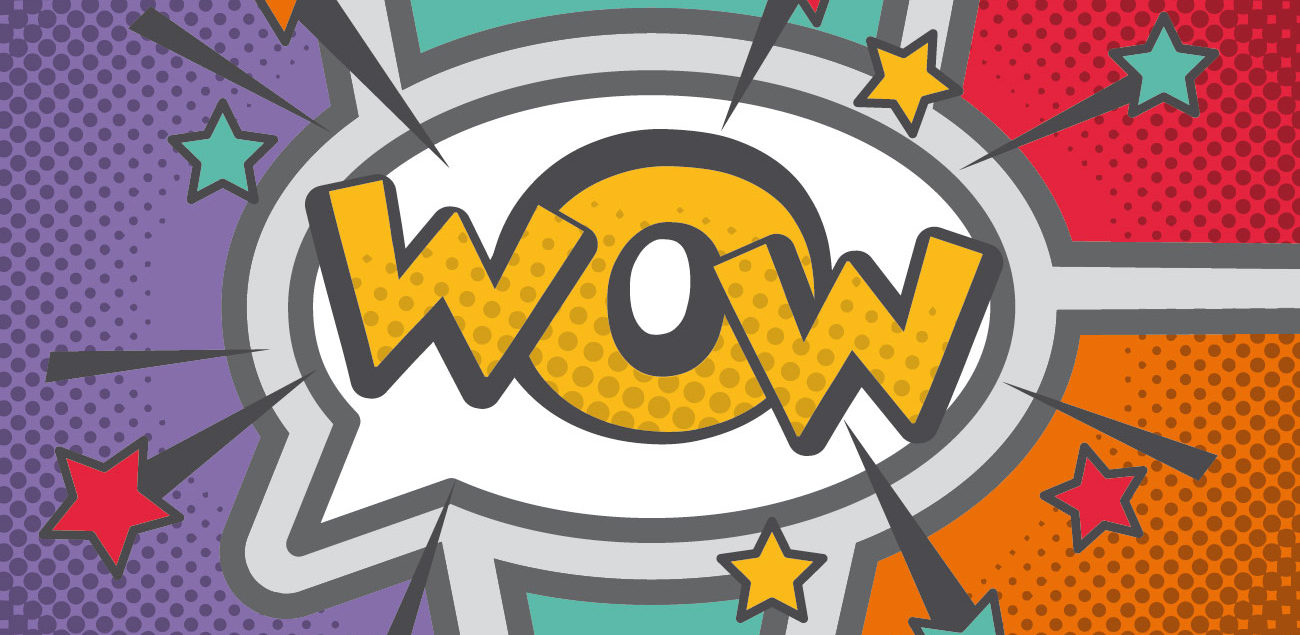Concepts and Features of Comics
Last Updated on July 1, 2024 by Ilka Perea Hernández
The comic is an artistic medium that combines words and images. To communicate ideas and emotions through this medium it is important to know the concepts and features of comics and how to manage their visual language.
As a mass medium, comics have become a very visual and entertaining vehicle to convey messages to large masses. This makes it an unconventional but very captivating tool for advertising, marketing, and graphic design.
Table of Contents
- The Comic
- What is a Comic?
- Different sizes and spreads
- Origins of Comics
- A little bit of history
- Comics go to war
- The wonderful 1950s
- The Cold War begins
- Elements of Comic
- What are the parts that make up a comic?
- Panels
- Gutter
- Speech Bubbles
- Onomatopoeias
- Shots and Angles
- Symbol
- Emanate
- Genres
- What are the different genres of comics?
- Alternative Comics
- Sci-Fi Comics
- Fantasy Comics
- Adventure Comics
- Horror Comics
- Romantic Comics
- Some Insights
- What’s Next? — Make your own comics!
- Cite this post
The Comic

What is a Comic?
A comic is a series of static images arranged in sequence to tell a story or express thoughts and feelings.
The comic takes many forms. It can be a story from beginning to end or it can be divided into a series of shorter stories. They could be published as a webcomic, a comic book, or a poster. There are comics for entertainment as comic strips in a newspaper or a single political cartoon. They can be funny or tragic, in color or black and white.

Source: JL8 by Yale Stewart at JL8 Comic.
It is therefore understood that the comic may vary in length, size, format, style, and target audience. On the other hand, the comic is known by different names:
- tebeos, in Spain. It adopts the name from the Spanish comic book magazine TBO.
- manga, in Japan. Etymologically it is derived from the terms informal and drawing, taking the connotation of scribbles. They are usually published in black and white.
- comics, in the United States. It has its origins in the Sunday comic strips that were published in newspapers.
Comics and manga are some of the most popular and well-known forms of graphic content worldwide and play a key role in the dissemination of the country’s culture.
Different sizes and spreads
A comic strip is a cartoon or three cartoons that tell a story or a joke. Comic books are usually found on the entertainment pages of some newspapers, or increasingly on the Internet as more newspapers are published online to save money.
Editorial comics are usually more serious and can be found on the opinion pages of newspapers. Sometimes writers and artists collaborate and create comic books, where a complete story is shown rather than having to wait for a new article to find out what is going on in the story. Some artists have taken classic novels and other books and turned them into graphic novels, where the story is illustrated in a comic book format.
Some comic strips do not even appear in print. They are usually found on the Internet and are known as webcomics.
This all started with Richard Outcault’s little “yellow boy”.
Origins of Comics
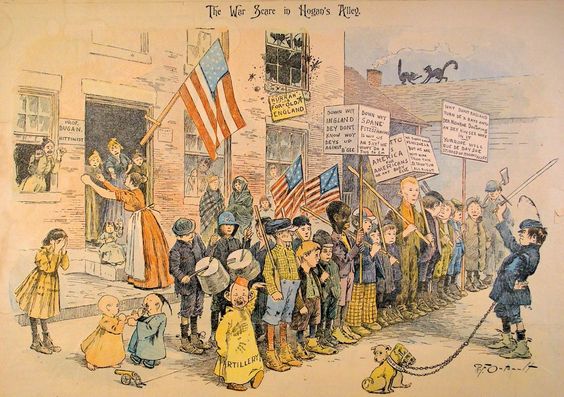
A little bit of history
The first color comics began to appear in the late 1890s. James Swinnerton’s The Little Bears appeared first, followed by Richard Outcault’s Hogan’s Alley a year later. The Yellow Kid first appeared in Joseph Pulitzer’s New York World in 1895 and became an enormous success.
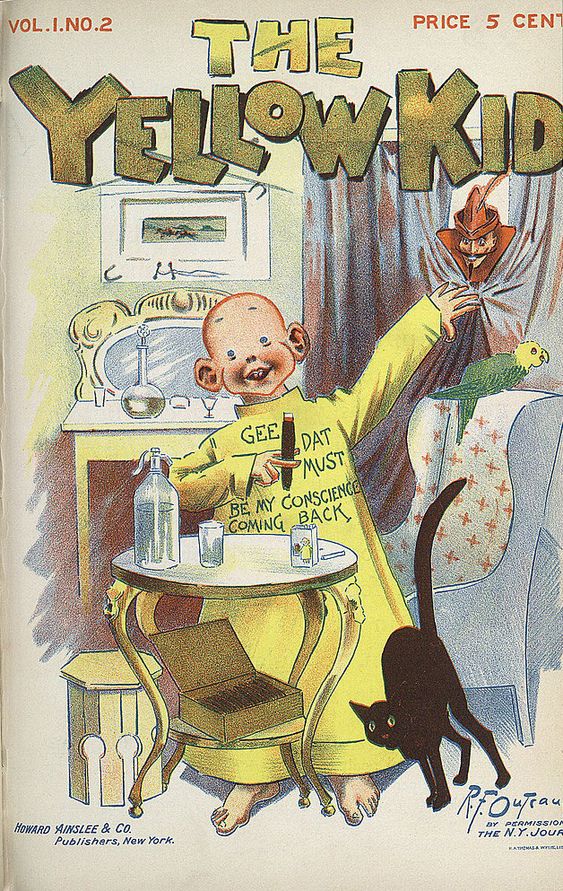
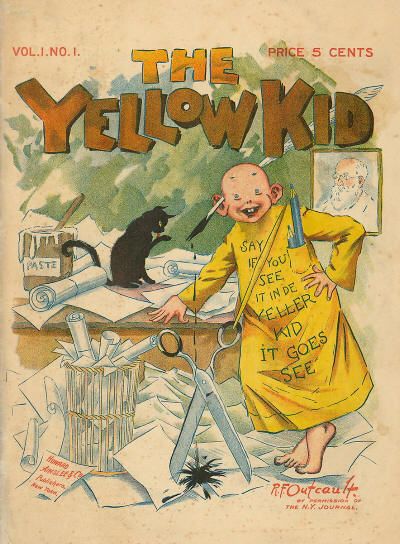
The Yellow Kid also introduced an early form of the speech bubbles seen in most comics today. As he became increasingly popular, his words were printed on his bright yellow nightie.
Comics go to war
The DC Universe began in 1937. The first issue of Detective Comics, which later became DC Comics, appeared that year. Superman first appeared in DC Comic’s Action Comics the following year. The first incarnation of Batman was in DC Comics in 1939. That same year, what is now known as the Marvel Universe was introduced.
As the United States entered World War II, comic book artists used their influence to encourage readers at home. Jack Kirby and Joe Simon created Captain America to go fight the Nazis. A prominent theme throughout this time was good triumphing over evil.
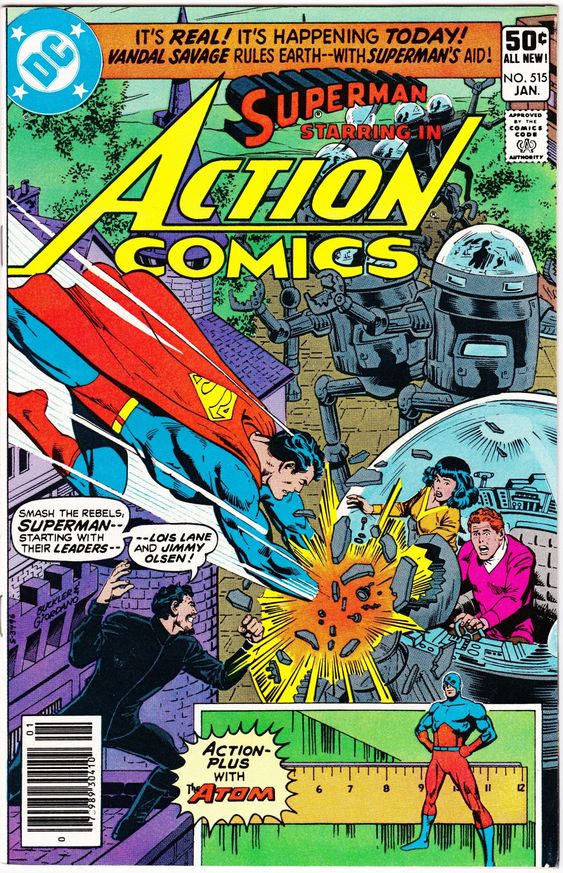
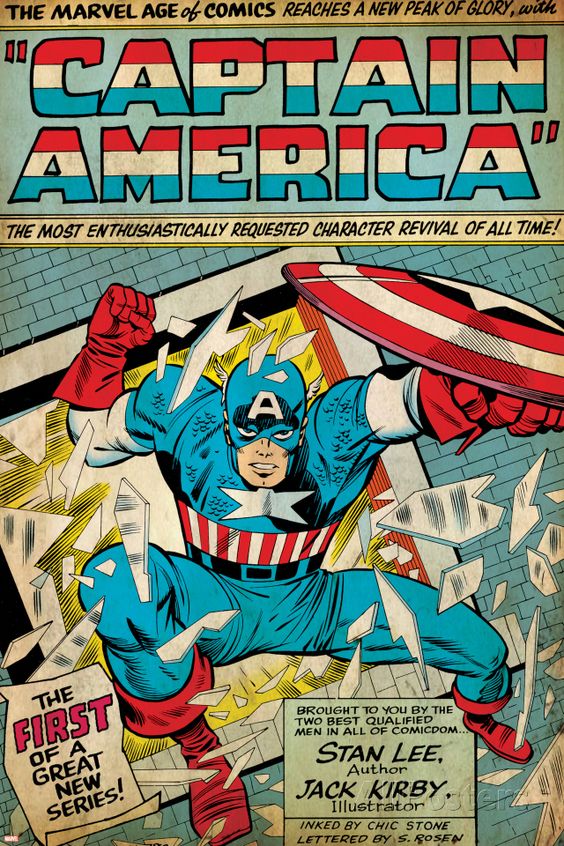
The wonderful 1950s
The wild west and gritty crime dramas were popular themes in novels and comics during this time. However, they were not popular among teachers and members of the clergy. They did not believe that children should be exposed to such elements, and they encouraged Congress to take action to regulate the comic book industry. The Comic Book Code Authority was created in 1954 to control the content of comic books and make them more suitable for children.
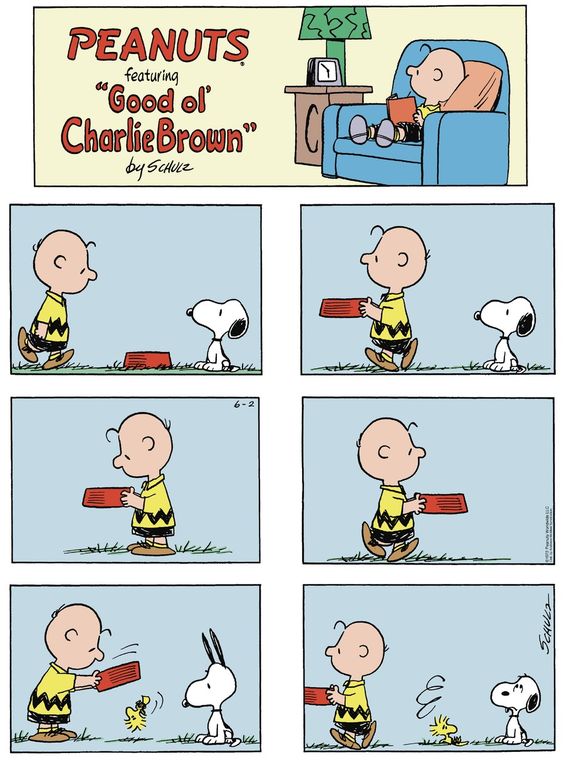
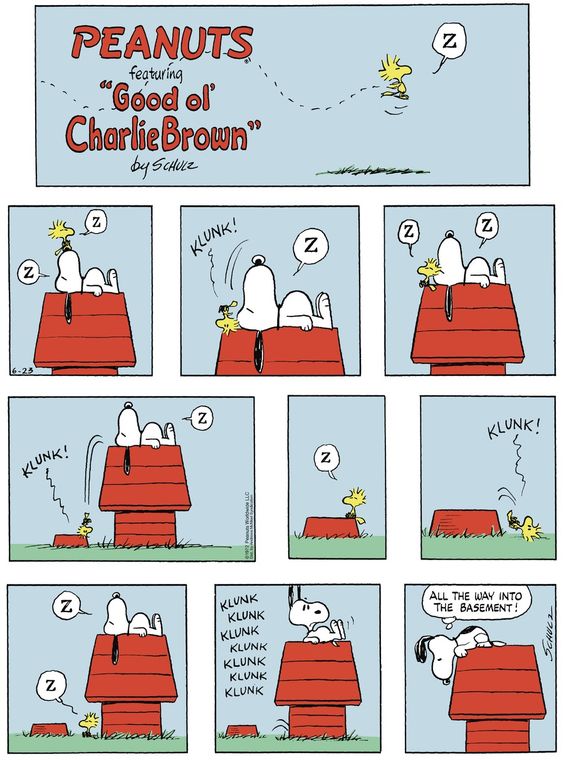
One strip that increased in popularity during this time was Peanuts, which was launched in 1950. Originally called Li’l Folks, Charles Schulz’s creations became one of the most popular strips of all time. The strip generated a wealth of marketing opportunities for Schulz, from television specials to stuffed animals and even an animated film. The strip itself worked until 2000.
The Cold War begins
The Cold War put radiation and nuclear energy in many people’s minds. Marvel introduced readers to Spider-Man and The Hulk in 1962, and the X-Men made their way into the pages the following year. The 1960s also gave readers more comics with Josie and the Pussycats and Sabrina the Teenage Witch.
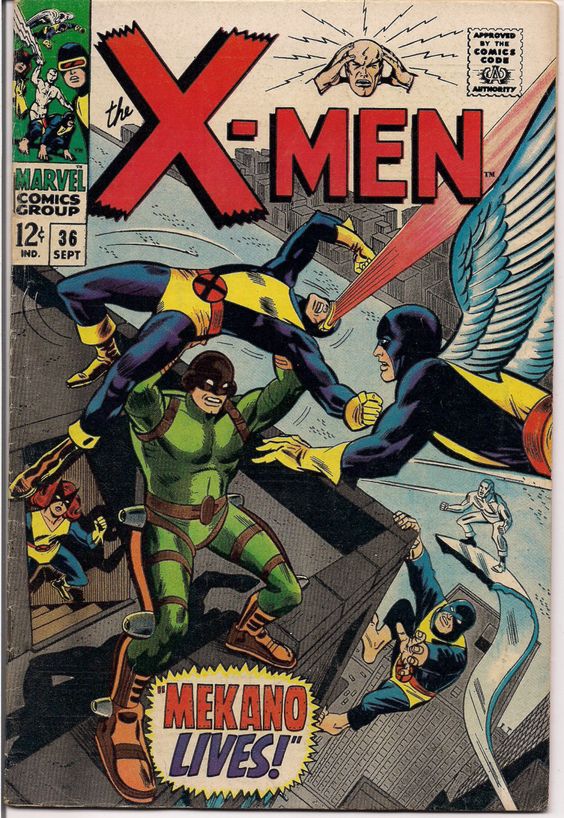
What are the parts that make up a comic?
Panels
At first glance, you will notice that the comics are divided into multiple frames or panels. These panels help build a sense of time and space. Some panels have no frame. Other bullets are so large that they are used as a welcome panel, like a title page.
Gutter
It is the space between panels. If we follow the design principle of “what is outside is as important as what is included”, then the gutter plays a key role in the construction of meaning. The gutter involves the reader because the reader must guess, deduce, or assume what happens between the panels.
Speech Bubbles
In comics, readers read the characters’ dialogue through their bubbles. There are several types of speech bubbles to represent contexts that give meaning to the text.
Onomatopoeias
These are linguistic representations of sounds. They are the words that imitate the reproduced sound. For example, “Boom”, “Crash”, “Knock-Knock”.
Shots and Angles
The artist uses them to present the subject, a detail, or a situation. Shots and Angles can emphasize specific emotions, and ideas, and suggest a movement in panels.
Symbol
As part of the visual language of comics, symbols help to convey meaning effectively and with few words.
Emanate
These are small lines that symbolize action and movement and are typical of comics. When analyzing comics, you may see question marks over a character’s head, teardrops flying from the eyes, or straight lines behind the running characters.
Genres
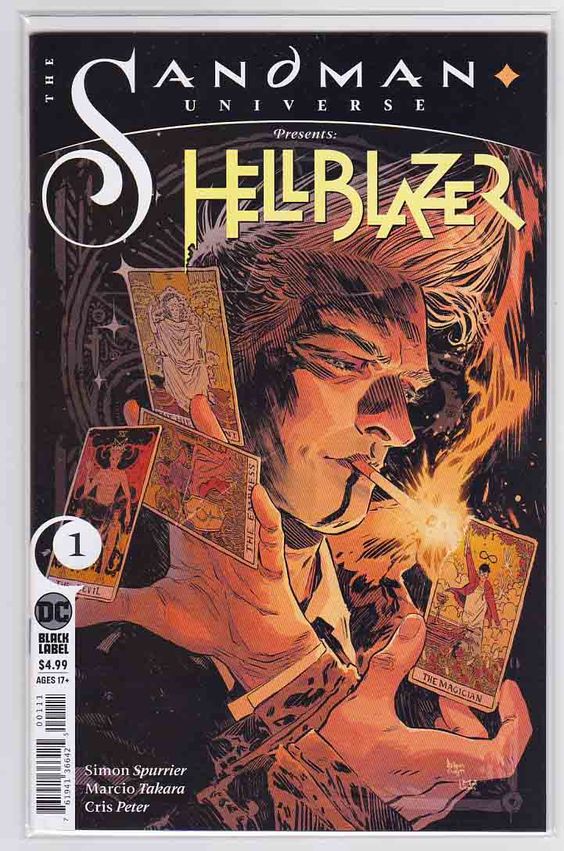
What are the different genres of comics?
Comic book readers enjoy a wide variety of genres to choose from: alternative, manga, science fiction, fantasy, action or adventure, horror, humor, romance, children, and adult. Superhero comics are the most popular in the United States. They are like modern mythology, with fantastic settings and characters with superhuman powers and abilities. Common examples include Wonder Woman, X-Men, Superman, Spider-Man, and Batman.
Alternative Comics
Alternative comics are often more realistic than those focused on superheroes, but they don’t necessarily have to be real for life. Readers who want to think a little more about what they are reading often enjoy them. Some are about fictional events, while others are educational, or story based. They tend to receive more critical recognition and acclaim. Some examples include American Splendor, Strangers in Paradise, Ghost World, and Sandman.
Sci-Fi Comics
Science fiction comics tell futuristic stories that incorporate advanced technology and often travel through space. Many superhero comics also fall into this category, but they still make up a genre all their own.
Fantasy Comics
This genre involves fantasy creatures, swords, witchcraft, and mythological figures. Some of the more successful ones also become extraordinarily successful fantasy novels.
Adventure Comics
Unlike the fantasy genre, there are action or adventure comics, which involve characters who have no special powers. Rather, they are ordinary people who experience conflict. However, most of the characters are detectives or police officers, and the story focuses on their battles against criminals.
Horror Comics
Other comics focus on horror, including characters such as zombies, monsters, and vampires. They tend to be horrific and often include nudity and profanity. Comic books also generally contain dark themes. These kinds of comics are not strictly funny and often cross over into many different genres.
Romantic Comics
Similarly, romantic comics can cross over into other genres as well. In fact, comics that are strictly about romance are not quite common anymore.
Some Insights
The creation of a comic involves several steps. Many of these steps are assigned to separate roles. Depending on the size of the project, the process may require the collaboration of many people to conduct a project such as a comic book or graphic novel. In other cases, a single graphic designer can create a comic strip for advertising.
What’s Next? — Make your own comics!
In any case, the process of creating a comic is usually the same. Dare to make your own comics by following the steps described in this post.
Cite this post
- APA Style:
Perea Hernandez, I. (2019, April 30). Concepts and features of comics. Ilka Perea. https://ilkaperea.com/2019/04/30/concepts-and-features-of-comics/ - Chicago Style:
Perea Hernandez, Ilka. “Concepts and Features of Comics.” Ilka Perea. Last modified April 30, 2019. https://ilkaperea.com/2019/04/30/concepts-and-features-of-comics/. - MLA Style:
Perea Hernandez, Ilka. “Concepts and Features of Comics.” Ilka Perea Studio, 30 Apr. 2019, https://ilkaperea.com/2019/04/30/concepts-and-features-of-comics/. Accessed [current date]. - Harvard Style:
Perea Hernandez, I. 2019. Concepts and features of comics. Ilka Perea, 30 April. Available at: https://ilkaperea.com/2019/04/30/concepts-and-features-of-comics/ [Accessed ‘current date’].

Share
Spread the love… and this post!
If you liked it, share this post on your social networks. Smart designers share good things with others.
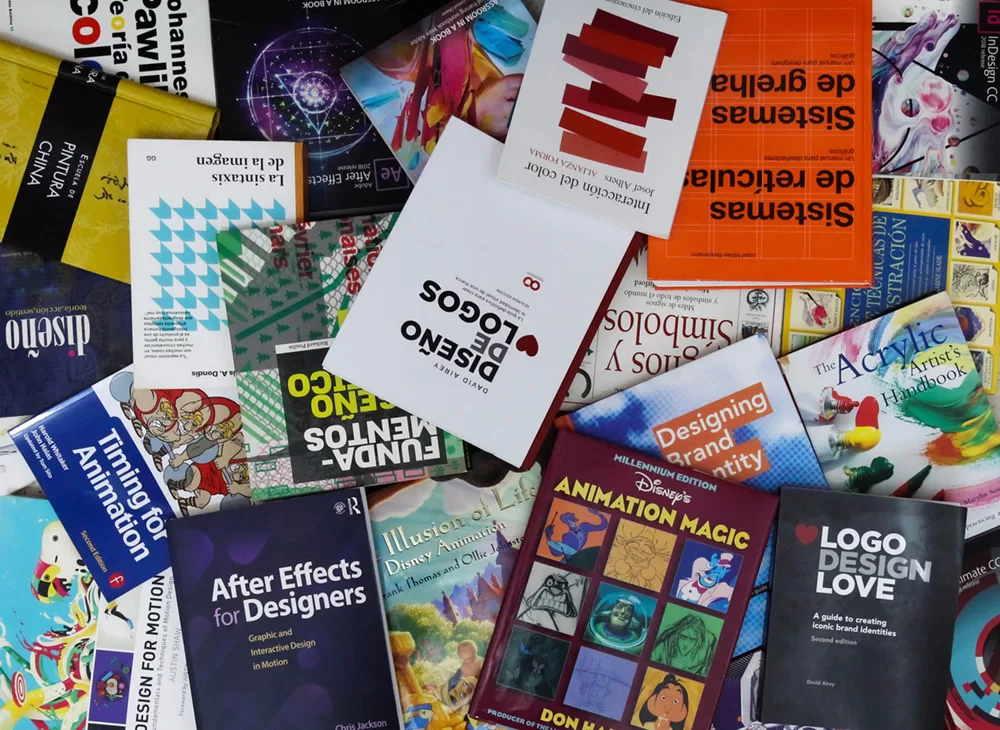
Bibliography
- Acevedo Fernández, J. (2019). Para hacer historietas. Instituto de Estudios Peruanos.
- Labarre, N. (2020). Understanding Genres in Comics (Palgrave Studies in Comics and Graphic Novels). Editorial Palgrave Pivot.
- McCloud, S. (2006). Making Comics: Storytelling Secrets of Comics, Manga and Graphic Novels. William Morrow Paperbacks.
- Stevenson, J. (2020). How to Draw Manga (Includes Anime, Manga and Chibi) Part 2 Drawing Manga Figures. Editorial Golden Valley Press.

